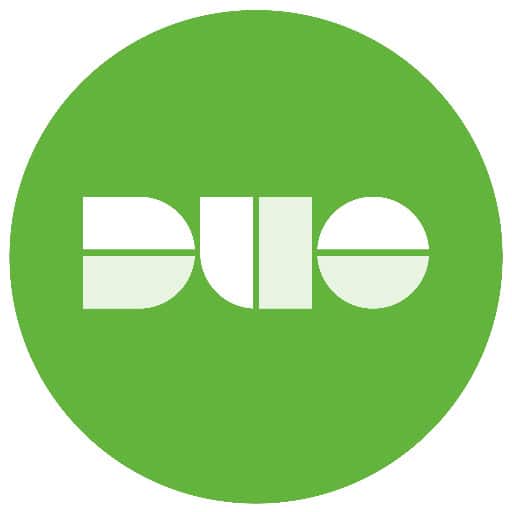WOU has implemented DUO, a two factor authentication tool.

To login to a system you have to have both:
Something you know (your password)
Something you have (a passcode, a phone, or mobile app)
Why should I use it?
Strong passwords are essential, but they aren’t enough.
With the increasing rise of cybercrime, your accounts are more vulnerable than ever. Two-factor authentication can reduce the risk that phishing attacks and data breaches have on your account.
General information
Methods of Authentication
There are two ways to authenticate with Duo at WOU.
Duo Mobile app
The easiest method of authentication is to use the Duo Mobile app (available on both iOS and Android). Here’s how it works. Once the app is installed on your phone and you have connected it to your account, the next time you log in to Portal, you’ll get a push notification to your phone. Either choose to login by touching the green checkmark to confirm, or, if you did not initiate the login process, choose to cancel by touching the red “X” to deny.
Benefits of the mobile app:
- You almost always have your mobile phone on your person (unless you leave it at home, but, not to worry, we have a solution for that!)
- Duo push notifications are fast and convenient
- The app can also be used to protect your own personal accounts (Facebook, Instagram, Gmail, Amazon, etc.)
Physical hardware token
The second method of authentication is with a physical hardware token. Here’s how it works. Once it’s been registered to you (by going to UCS, showing your ID, and running through the hardware token enrollment process with the Service Request Desk), the next time you log in to Portal, you’ll be presented with a Duo prompt that has an “Enter a passcode” button. Push the button on the screen, as well as the power button on your token, then enter the code displayed on the token to the box on your screen. Sound complicated? It’s not too bad, really, once you get used to it, but the Duo Mobile app is definitely the simpler method of authentication.
Are other universities doing this?
| University | Employee | Student |
|---|---|---|
| University of Arizona | Mandatory | Mandatory |
| Arizona State University | Mandatory | Optional (except direct deposit) Mandatory planning underway |
| University of California, Berkeley | Mandatory | Mandatory |
| University of California, Los Angeles | Mandatory | Mandatory |
| University of Colorado Boulder | Mandatory for specific applications | Mandatory for specific applications |
| University of Oregon | Optional | Optional |
| University of Southern California | Mandatory | Student employee mandatory Not available for other students |
| Stanford University | Optional | Optional |
| University of Utah | Mandatory | Optional |
| University of Washington | Mandatory | Optional |
| Purdue University | Mandatory | Mandatory |
| Colorado State University | Mandatory | Mandatory for specific applications |
| Iowa State University | Optional | Optional |
| North Carolina State University | Mandatory | Student employee mandatory Optional for other students |
| University of California, Riverside | Mandatory | Mandatory |
| University of Tennessee | Optional (Fall 2019 mandate) | Optional (Fall 2019 mandate) |
| Ohio State University | Mandatory | Mandatory |
| Oregon State University | Mandatory | Optional |
| Pennsylvania State University | Mandatory | Optional |
| Portland State University | Optional | Optional |
| University of California, Davis | Mandatory | Optional (June 2019 mandate) |
| University of Florida | Optional & Mandatory | None |
| University of Illinois | Mandatory | Grads – Mandatory Undergrads – Optional |
| Reed College | Mandatory | Grads – Mandatory Undergrads – optional (mandatory fall 2019) |
| Southern Oregon University | Mandatory for executive staff and some departments, optional for the rest | Optional |
| University of Wisconsin | Mandatory | Optional (Q4 2019 mandate) |

